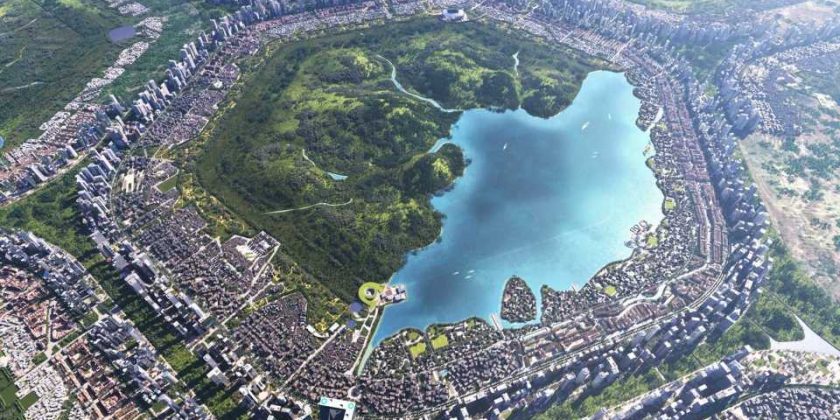Earlier this year, Hyundai Motor Group (HMG) invested $400 million to make robots smarter. It bought Boston Dynamics in 2020, and since then, the company has been offering its vision for what the future could look like, ranging from robots to entire city concepts.
The automaker announced today a virtual exhibition that puts its grand ideas into focus. The exhibit shows off the greenfield smart city HMG that debuted during the World Cities Summit this summer. The company collaborated with HyunJoon Yoo Architects on the project, creating a hexagonal-shaped city that puts humans at the center of its design. This is a stepping stone for Hyundai as it begins to learn and understand how cities operate to provide solutions that benefit citizens.
Gallery: Hyundai Smart City Virtual Exhibition
The city’s design puts green spaces at the center, with the buildings encircling parks, forests, water reservoirs, and more. While Hyundai has a heavy hand in the automotive space, its city’s road infrastructure lies out of view underground, where autonomous vehicles transport goods and services to regional hubs. Robots will make the final delivery in Hyundai’s future, which is all about clean energy and sustainability. The virtual city gets its power from hydrogen fuel cell generators that distribute electricity through a smart grid. You can experience the exhibit here.
Designing a city seems like an ambitious feat for Hyundai, but the company has been thinking about mobility solutions for a while. In January, the automaker showed off its Plug & Drive robot platforms that can attach to small objects and make them mobile using LiDAR and electric drive, like goods in a warehouse. The platform is powerful enough to move people, with a joystick providing control.
“Cities are complex organisms, and it is difficult to plan for a single perfect city, but such thought exercises will help lead us in the right direction,” said Youngcho Chi, HMG’s president and chief innovation officer.
Hyundai’s grand vision for what future cities will look like is fanciful. However, robots and autonomy could change how we get and move things, even though genuinely autonomous vehicles are still years or decades away from becoming reality.
Source: Hyundai
Source: Read Full Article

